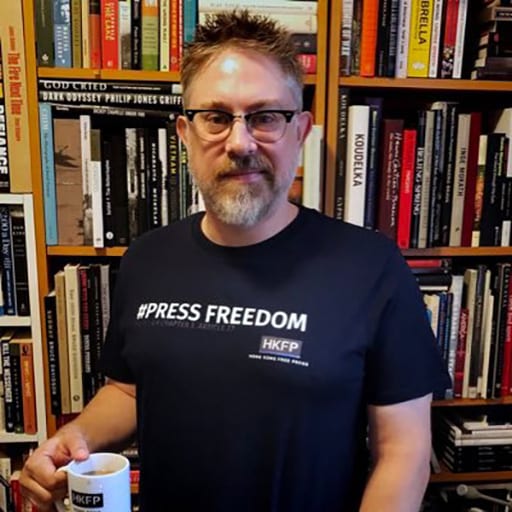In March of 2003, the United States and allied countries invaded Iraq following a shock and awe campaign which rained down bombs on various targets in the country. The stated goals of the invasion were the disarmament of Iraq, who was stated had wea...




